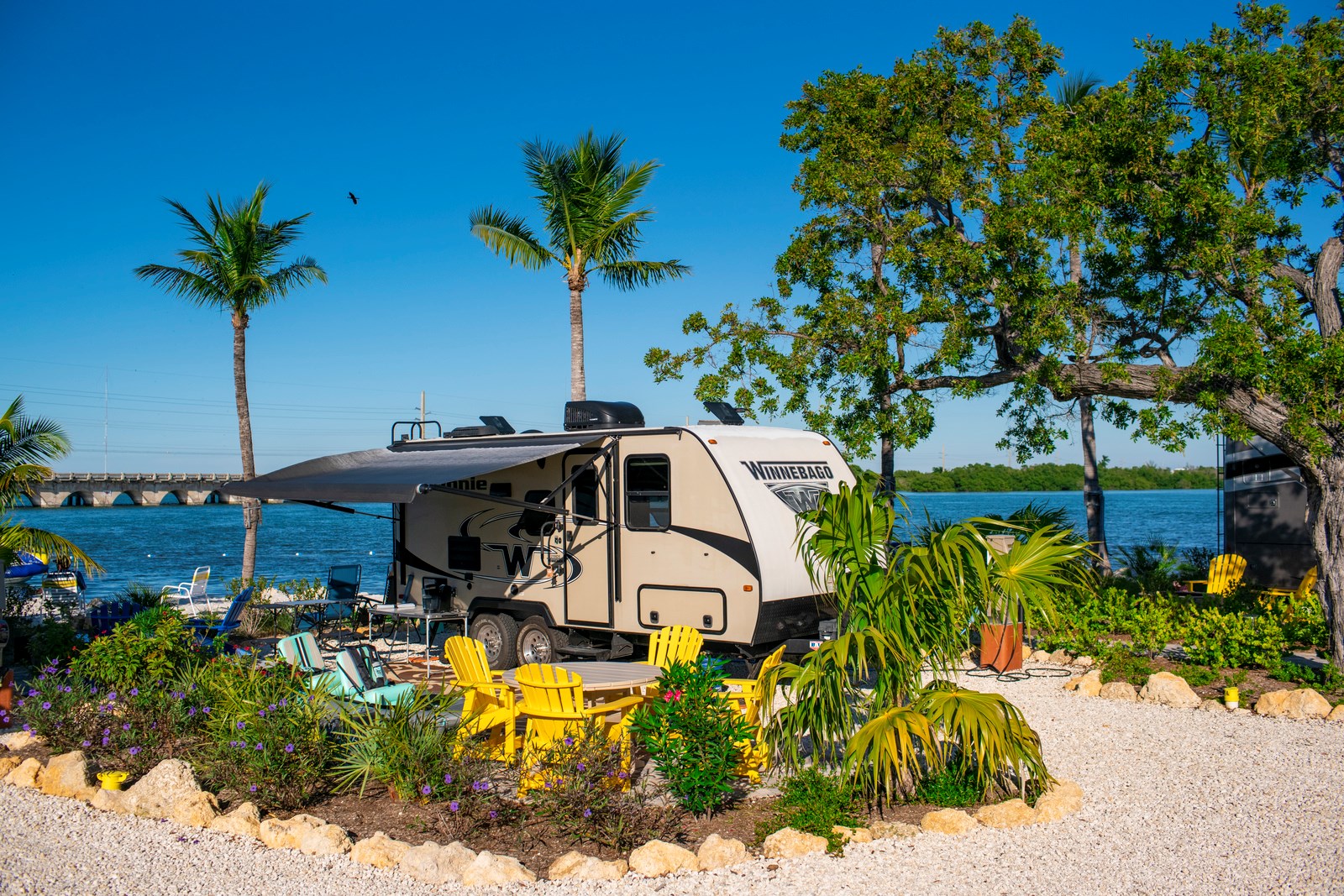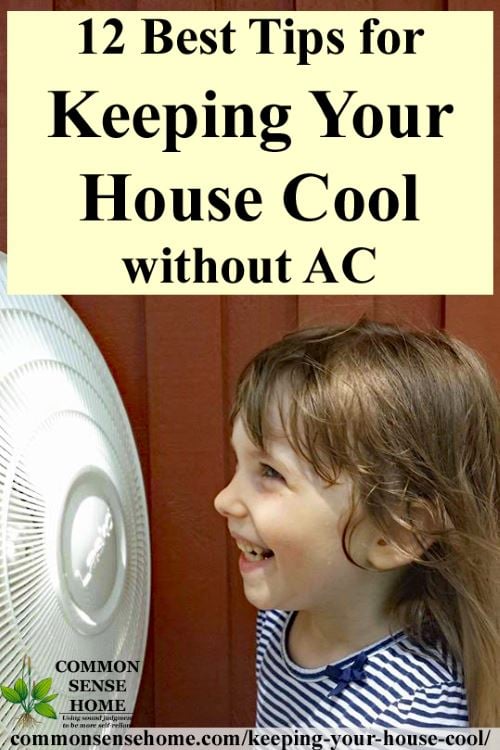To increase airflow in an RV AC, clean or replace the air filter and ensure there are no obstructions blocking the air vents. Proper maintenance and regular cleaning of the AC unit can significantly improve airflow and cooling efficiency.
Neglecting these simple tasks can lead to reduced airflow and poor performance of the RV AC system. We will explore some practical tips and techniques to enhance the airflow in your RV AC, ensuring a comfortable and enjoyable travel experience.
Whether you’re dealing with hot summer days or need efficient heating in chilly weather, optimizing airflow in your RV AC is essential for maintaining a pleasant indoor environment. By following these strategies, you can maximize the performance of your RV AC and enjoy a more comfortable and efficient travel experience.
 Credit: www.amazon.com
Credit: www.amazon.comChoosing The Right RV AC Unit
When it comes to enhancing the airflow in your RV, selecting the right air conditioning unit plays a crucial role. From evaluating the size of your RV to considering the BTU capacity and efficiency ratings, there are various factors to keep in mind when choosing an RV AC unit.
Consider The Size Of Your RV
Ensuring proper airflow in your RV starts with choosing an air conditioning unit that matches the size of your vehicle. A larger RV requires a more powerful AC unit to effectively cool the entire space. On the other hand, if your RV is smaller, a smaller capacity AC will suffice without consuming excess energy.
Evaluate The Btu Capacity
BTU capacity is a crucial factor to consider when selecting an RV AC unit. It indicates the cooling power of the air conditioner. To ensure efficient cooling, match the BTU capacity of the AC unit with the size of your RV. Choosing the appropriate BTU capacity not only optimizes airflow but also helps in maintaining a comfortable indoor temperature.
Look For Efficiency Ratings
Efficiency ratings, such as the Energy Efficiency Ratio (EER) or Seasonal Energy Efficiency Ratio (SEER), provide valuable insights into the energy efficiency of an RV AC unit. Opt for an AC unit with higher efficiency ratings to ensure efficient cooling while minimizing energy consumption. This not only contributes to a comfortable living environment but also helps in conserving energy during your travels.
Cleaning And Maintaining Your Rv Ac
Maintain optimal airflow in your RV AC by regularly cleaning and maintaining it. Remove debris, clean filters, and ensure proper ventilation for improved cooling efficiency.
Regularly Clean The Air Filters
To ensure proper airflow, clean air filters regularly. Remove filters and wash with mild soap and water. Allow filters to dry completely before re-installing.
Keep The Ac Unit Exterior Clean
Clean debris and dirt around the AC unit exterior. Use a soft brush or cloth to wipe down the surface. Prevent blockages that hinder airflow efficiency.
Inspect And Clean The Condenser Coils
Inspect condenser coils for dust and debris buildup. Use a soft brush or vacuum cleaner to remove dirt. Regular cleaning improves the AC unit’s performance.
Maximizing Airflow Within The RV
Maximizing Airflow within the RV is essential for maintaining a comfortable environment during your travels. Three key strategies can help you achieve optimal airflow: Create Clear Pathways for Air, Use Fans to Circulate the Air, and Ensure Proper Ventilation.
Create Clear Pathways For Air
Ensure furniture placement allows optimal air circulation. Keep air vents unblocked for efficient airflow. Avoid clutter near air intake and output vents.
Use Fans To Circulate The Air
Strategically place fans to improve air distribution. Utilize ceiling fans to enhance overall airflow. Consider portable fans for targeted cooling in specific areas.
Ensure Proper Ventilation
Regularly clean and maintain air filters to enhance airflow. Open windows and roof vents to promote fresh air circulation. Consider installing roof vent covers for all-weather ventilation.
 Credit: koa.com
Credit: koa.comImproving Insulation And Sealing
Increase airflow in RV AC by improving insulation and sealing. Enhance the efficiency of your AC system by preventing air leaks and ensuring proper insulation, resulting in better cooling and increased energy savings.
Improving Insulation and Sealing is a crucial step in increasing the airflow in your RV’s AC system. By addressing leaks, upgrading insulation, and using insulated window covers, you can maximize the efficiency of your RV’s air conditioning unit. Let’s explore these essential strategies to enhance the airflow in your RV.
Check And Seal Any Leaks
Start by examining your RV for any leaks or gaps that could be allowing conditioned air to escape. Seal any noticeable openings in doors, windows, and vents using weather stripping or silicone sealant. This simple step can prevent the loss of cool air and help maintain a consistent temperature inside your RV.
Upgrade Rv Insulation
Upgrading your RV’s insulation can significantly improve its ability to retain cooled air. Consider adding additional insulation to the walls, roof, and floors to minimize heat transfer and create a more comfortable indoor environment. Quality insulation can also reduce the workload on your AC system, leading to lower energy consumption and improved airflow.
Use Insulated Window Covers
Invest in insulated window covers to prevent heat gain and loss through the windows. These covers provide a barrier against outside temperatures, helping to maintain a steady indoor climate and reduce the strain on your AC unit. By blocking out excessive heat, insulated window covers contribute to better airflow and temperature control in your RV.
Safeguarding Against Heat Gain
When you’re spending time in your RV, especially during the warmer months, it’s important to take steps to safeguard against heat gain. Maintaining a comfortable temperature inside your RV can greatly enhance your overall travel experience. By following these simple tips, you can increase airflow and keep your RV cool during hot weather.
Park In the Shade Whenever Possible
Parking your RV in a shady area can significantly reduce heat buildup and help maintain a cooler interior temperature. When choosing a campsite or parking spot, look for locations with ample tree coverage or parking spaces that offer shade throughout the day. Keeping your RV out of direct sunlight can make a noticeable difference in its internal temperature.
Use Reflective Covers On Windows
Reflective window covers are a fantastic way to minimize heat gain caused by the sun’s rays. These covers are made from materials that reflect the sunlight away from your RV, preventing the greenhouse effect that can occur in confined spaces. By installing these covers on your windows, you can block out a significant amount of heat and keep the interior of your RV much cooler.
Utilize Awning Or Shaded Areas
An awning is a valuable accessory for any RV owner. Not only does it provide shade and a comfortable place to relax outside, but it also helps to shield your RV from the direct sun. Deploy your awning whenever you’re parked in a sunny area to create an additional shaded space. This can help reduce the heat transfer to the interior of your RV and keep the temperature more comfortable.
Similarly, if your campsite has any other shaded areas such as groves or shelters, position your RV accordingly to maximize the shade. By strategically utilizing these naturally shaded spots, you can reduce heat gain and maintain a cooler environment inside your RV.
Optimizing Ac Settings
If you want to maximize the airflow in your RV’s AC system, optimizing the AC settings is essential. By making a few adjustments, you can not only improve the air circulation but also enhance the overall cooling efficiency of the system. Here are some tips to help you optimize your AC settings.
Set The Thermostat At An Ideal Temperature
One of the first steps in optimizing your RV’s AC settings is setting the thermostat at an ideal temperature. Start by figuring out the temperature that provides a comfortable and cool environment for you. This level may vary based on personal preference, so experiment until you find the optimum setting.
- Try setting the thermostat around 72 to 78 degrees Fahrenheit
- Avoid setting the temperature too low, as it may strain the AC system and lead to higher energy consumption
Utilize The Fan Mode Efficiently
The fan mode in your RV’s AC system can help improve airflow and distribute cooled air more effectively. By utilizing this mode efficiently, you can enhance the overall cooling experience. Here are some tips to make the most of the fan mode:
- Choose the “Auto” setting for the fan mode, so it only runs when the AC is actively cooling
- Keep the fan speed at a moderate level, neither too high nor too low, to maintain a balanced airflow
- Consider using the “Fan Only” mode when the AC is not required but some air circulation is desired
Consider Using A Programmable Thermostat
A programmable thermostat can be a game-changer when it comes to optimizing your RV’s AC settings. With this type of thermostat, you can set temperature schedules to match your daily routine, ensuring efficient cooling without wasting energy. Here are the benefits of using a programmable thermostat:
- Allows you to pre-program specific temperature settings for different times of the day
- Ensures the AC operates at the desired temperature when you need it, saving energy when you don’t
- Gives you the flexibility to adjust settings remotely, using smartphone apps or compatible devices
By setting the thermostat at an ideal temperature, utilizing the fan mode efficiently, and considering the use of a programmable thermostat, you can optimize the AC settings in your RV and improve airflow. These simple adjustments can make a big difference in creating a comfortable and cool environment during your travels.
Reducing Internal Heat Sources
To enhance airflow in RV AC, focus on minimizing internal heat sources like cooking during peak hours. Utilize exhaust fans to expel heat and create a more comfortable cooling environment inside your recreational vehicle. Regular maintenance and cleaning of AC filters also aid in optimizing airflow efficiency.
Reducing Internal Heat Sources One effective way to increase airflow in your RV AC is to reduce internal heat sources. By minimizing the use of heat-generating appliances, using LEDs for lighting, and avoiding cooking inside the RV, you can significantly decrease the internal temperature, allowing your AC system to operate more efficiently. “`html
Minimize Use Of Heat-generating Appliances
When utilizing heat-generating appliances, it’s essential to consider the impact on the internal temperature of your RV. Choosing to limit the use of appliances like ovens, stoves, and coffeemakers can help minimize the additional heat produced inside the living space.
Use Leds For Lighting
Switching to LED lighting can not only reduce energy consumption but also generate less heat compared to traditional incandescent bulbs. By making this simple adjustment, you can decrease the overall heat load on your RV’s interior, creating a cooler environment without sacrificing illumination quality.
Avoid Cooking Inside The RV
Opting to cook outside the RV using portable stoves or grills can help prevent heat buildup within the enclosed space. By taking cooking activities outdoors, you can limit the impact of heat-generating appliances on the interior temperature, allowing your AC system to operate more effectively.
Professional Assistance And Upgrades
Beyond DIY solutions, Professional Assistance and Upgrades can greatly enhance airflow in your RV AC system.
Consult An HVAC Specialist
It is advisable to consult with an HVAC specialist to assess your current setup and suggest tailored solutions.
Consider Upgrading To A High-efficiency AC unit
Upgrading to a high-efficiency AC unit can significantly improve airflow and energy efficiency in your RV.
Install An Additional AC Unit
Consider installing an additional AC unit to ensure optimal cooling in all areas of your RV, especially in larger rigs.

Credit: commonsensehome.com
Frequently Asked Questions Of How To Increase Airflow In RV Ac
How Do I Get More Air Flow In My RV?
To increase airflow in your RV, you can install additional vents, use fans, or keep windows and doors open. Routine cleaning and maintenance of air filters and ducts also help improve air circulation. Consider upgrading to a more powerful RV air conditioning unit if needed.
How Can I Improve The Airflow In My Air Conditioner?
To improve airflow in your air conditioner, start by cleaning or replacing the air filter regularly. Clear any obstructions around the unit and make sure vents are open and unblocked. Consider using a fan to circulate the air, and have your unit serviced annually to keep it in optimal condition.
Why Is My Camper AC Barely Blowing Cold Air?
Possible answer: The AC in your camper may barely blow cold air due to low refrigerant levels, clogged air filters, or a malfunctioning compressor. Check the refrigerant levels, clean or replace the air filters, and have a professional inspect the compressor for any issues.
How Can I Make My Ac Circulate Better?
To improve AC circulation, clean or replace the air filter regularly, remove obstructions from vents, and check for leaks or insulation issues. Use ceiling fans and keep doors and windows closed. Consider installing a smart thermostat to optimize airflow. Regular maintenance is key for better AC performance.
Conclusion
Incorporating these methods will help you effectively increase airflow in your RV AC system. By following simple maintenance routines and utilizing efficient equipment, you can ensure optimal airflow, resulting in better cooling and overall comfort during your travels. Take the time to prioritize airflow, and you’ll experience a significant impact on your RV experience.

